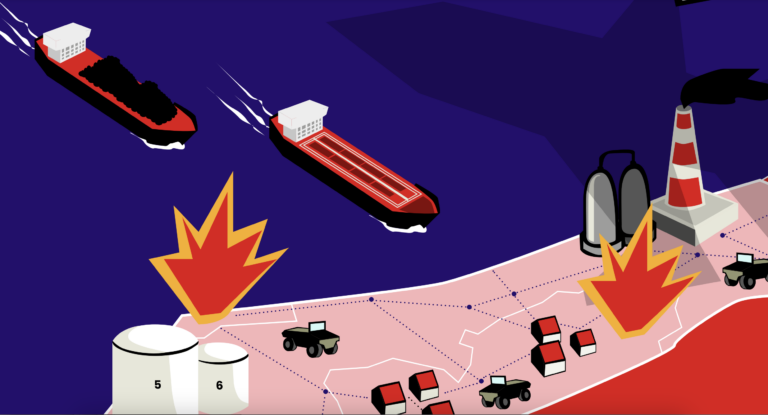
Systemic risks of banks that are too big not yet tackled
In a rare event, a small majority of MEPs in the ECON committee rejected on 26 May 2015 the draft report and compromise amendments of an EU Regulation (not a Directive) to restructure too-big-to-fail banks. This was a vote against a weak draft regulation that would do little to avert financial risks from banks that are too large (see March 2015 Newsletter). After another attempt to find new compromises, presumably including somewhat stricter rules, the ECON committee will vote again (no date yet) on a report that will constitute the basis for negotiating a final Regulation text with the Council.
Unexpectedly, after months of disagreement, the Council of EU Finance Ministers agreed on their position. Key elements are that global banks or financial institutions that are systemically important, or have total assets of at least €30 billion and trading activities of at least €70 billion, will be covered. Such institutions will have to separate their activities by which they speculate at own risks and cost, from their other financial activities. Only when these institutions’ trading activities exceed € 100 billion will they be subject to stricter risk assessments. Only when their trading is excessively risky, will supervisory authorities have the power to require an increase of the capital buffers or to separate these trading activities from the other financial activities. These provisions will not apply in countries with a law that has stricter requirements for separating, or “ringfencing”, lending and saving activities from other bank activities, as is the case in the UK. This Council text will apply to around 30 banks and the stricter assessment of risky trading to 14 banks. This will be much weaker than the original EC proposal and none of the legal proposals directly reduces the size of big banks. It is highly questionable whether this will reduce systemic risks of banks that are too big to fail, too big to save, too interconnected, and too complex to manage, supervise and resolve.
Do you need more information?
-

Myriam Vander Stichele
Senior Researcher
Related news
-
 The hidden human costs linked to global supply chains in ChinaPosted in category:News
The hidden human costs linked to global supply chains in ChinaPosted in category:News Joshua RosenzweigPublished on:
Joshua RosenzweigPublished on: -
 The power to extract value from the value chainPosted in category:Long read
The power to extract value from the value chainPosted in category:Long read Rodrigo FernandezPublished on:
Rodrigo FernandezPublished on: -
Powering injustice Published on:
 Lydia de LeeuwPosted in category:Publication
Lydia de LeeuwPosted in category:Publication Lydia de Leeuw
Lydia de Leeuw

